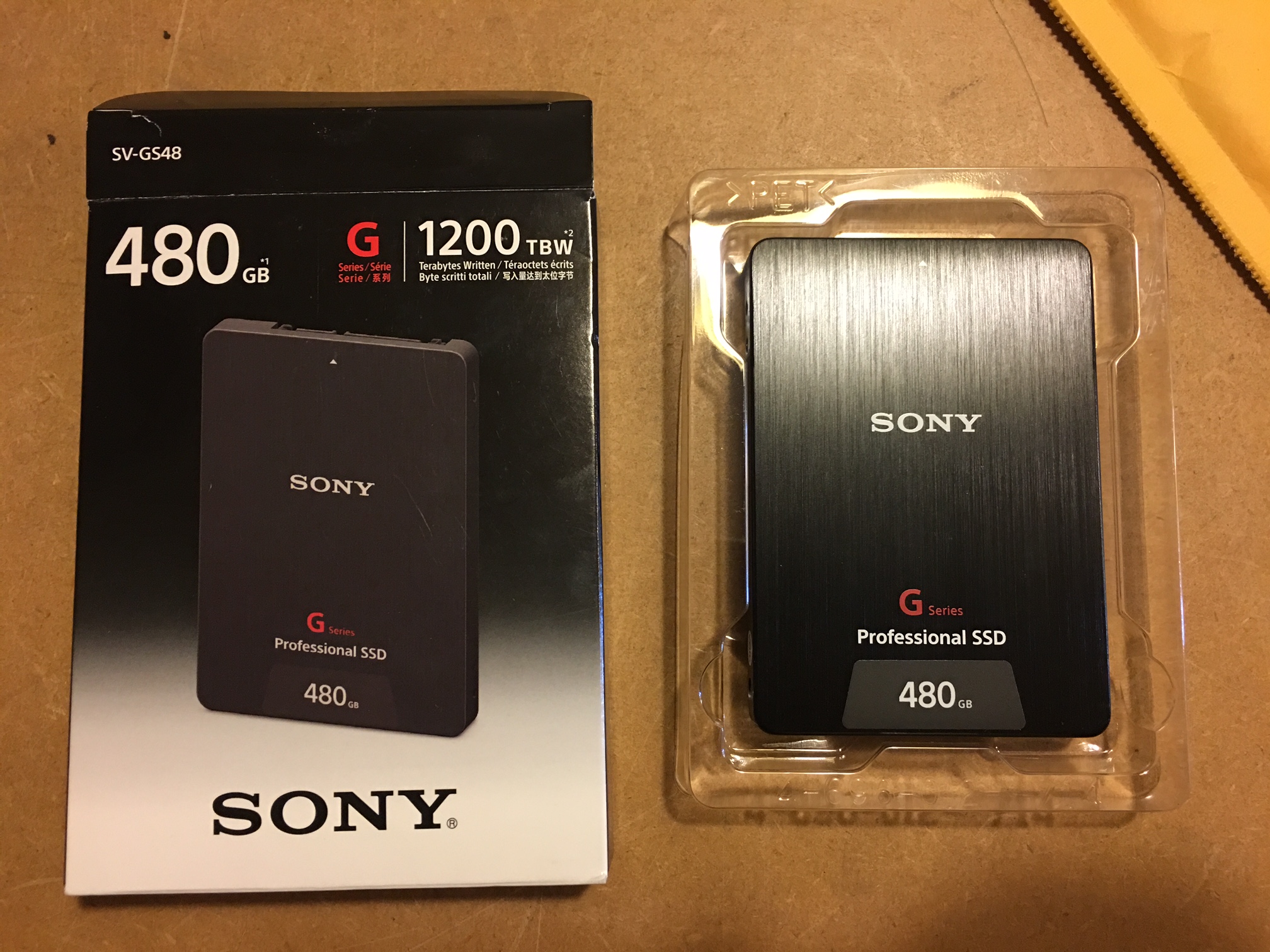
A Drive For All Reasons
Writing about hard drives like writing about tires.
You need tires, good ones. The kind that will handle the performance of whatever kind of driving you’re planning on doing. You want them to last thousands and thousands of miles with no problems. But once you buy and install them, you don’t want to have to think about them. You certainly don’t want to have to worry about them. But we’re not talking about tires, we’re talking about solid state drives (SSD) for production and post.
SSDs are great, offering speed and performance far surpassing the spinning platters of conventional hard drives. A single SSD can offer the kind of read/write performance of four HDDs in a RAID configuration. This is why SSDs have largely replaced the system drives in every laptop and desktop on the market.
In situations like recording 4K video on-set, an SSD is your only option. So why not just make everything out of SSDs then?
They are, for the most part, very expensive on a gig-per-dollar basis. Secondly, SSDs have a well-known short lifespan. Add these two factors up and your average digital media facility is going to stick with the old reliable twentieth-century technology of HDDs in a RAID 5 configuration where you get large storage and fast speed at a cheap price. If a single HDD fails, you can replace it for next-to-nothing without losing data.
While you certainly can replace an HDD RAID with a single SSD, you are kind of flying without a net. If an SSD fails, you pretty much just lose everything that was on it.
On the production side, SSDs slip right into the popular monitor/ recorders like the Atomos Shogun. Here, SSDs are kind of like expendables — you know you’re going to go through them and in a few years they’ll fail. By then you’ll just go and purchase a new one for less gig-per-dollar.
This is the tire analogy. But in production, you kind of expect a blowout and it’s going to happen while you’re driving. So you keep an extra SSD or two handy just in case.
Sony’s new line of SSDs, the G Series offers up the 960GB model SV-GS96 for $539, and the smaller 480GB model, the SV-GS48 for $287. Both claim the speed of an SSD with unprecedented reliability. Sony backs it up with a ten-year warranty with free data recovery.
Sony says the 960GB drive has a 2400 Terabytes Written lifespan. That is based on an assumption that you will write the drive fully five-times-a-week. This works out to a ten-year lifespan for the drive. The Sony G Drive 480 has a life span of 1200 Terabytes Written.
Use Cases
I had the 480 to play with for a couple of weeks so I can’t say much about the longevity. I had new tires and they felt great. What I can say, is that the drive performed flawlessly for me. I used it on three different projects in three different configurations.
First, I tossed it in a sled and did a bunch of data transfer via USB3. Using it as an everyday office drive to sneaker net a bunch of clips between machines.
Second, I installed it in an ancient Mac Pro tower, a “cheese-grater” that had two 7200rpm Seagate 500GB HDDs striped together in RAID 0. Needless to say, the Sony G Drive 480 blew the doors off the old RAID.
I graded three different projects in the tower using the Sony drive and got real-time playback of 4K footage in DaVinci Resolve. Something impossible to do with the two-drive HDD RAID.
Arri Alexa with Atomos Shogun and Sony SV GS48
Lastly, I used the drive in an Atomos Shogun for a day of camera tests with an Arri Alexa. I recorded Prores 422 HQ 4K footage for a bunch of b-roll shots. Every shot was recorded with no issues, playback was solid. Like I said, new tires, all day.
It is impossible to test the claims of Sony’s reliability without using one day in and day out for a couple of years. It is remarkable that they are backing up each purchase with a ten year, 100,000-mile warranty*. No one’s ever done that with something as volatile as SSD memory.
Conclusion
Here’s my takeaway, use this as intended as your set it and forget it, non-expendable SSD in your 4K external recorder. Also, consider the possibility that the Sony G series may be the desktop multi-HDD RAID replacement you’ve been looking for. 4K performance in a reliable long-lasting SSD means you could stick a one inside an iMac or Mac Mini to use as a second drive dedicated for media. Of course, you should be backing up data to an external drive or the cloud, but having the option of installing a drive into a machine and not worrying about pulling it right back out in a few years makes for a compelling reason to ditch the external RAID enclosure.
*By 100,000 mile, I mean 2400 TBW and 1200 TBW.
